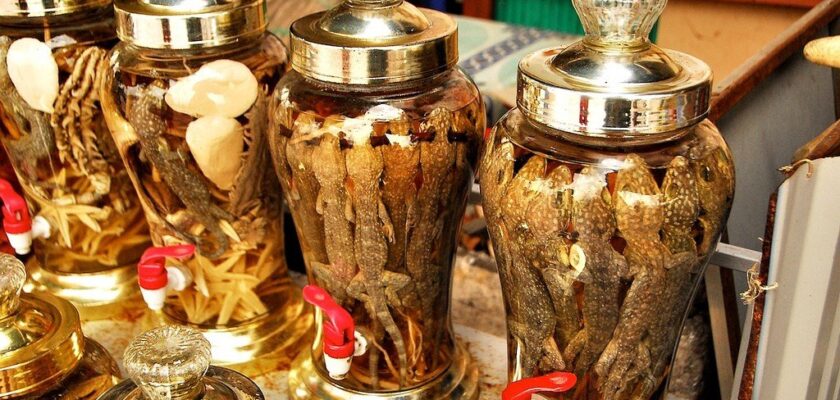Cat Ba Island
Cat Ba is the largest (about 100 square kilometers) and most populated island in the archipelago of the same name, with up to 366 smaller islets and rocks. It seems like a giant compared to the hundreds of surrounding fragments of ancient land. The island lies at the eastern end of Halong Bay and separates it from the main waters of the vast Gulf of Tonkin. In recent years, Catba has become a popular resort destination. However, unlike other seaside resorts, the most interesting thing here is not the coastal beaches, but what lurks far from the water in the forests of the national park.
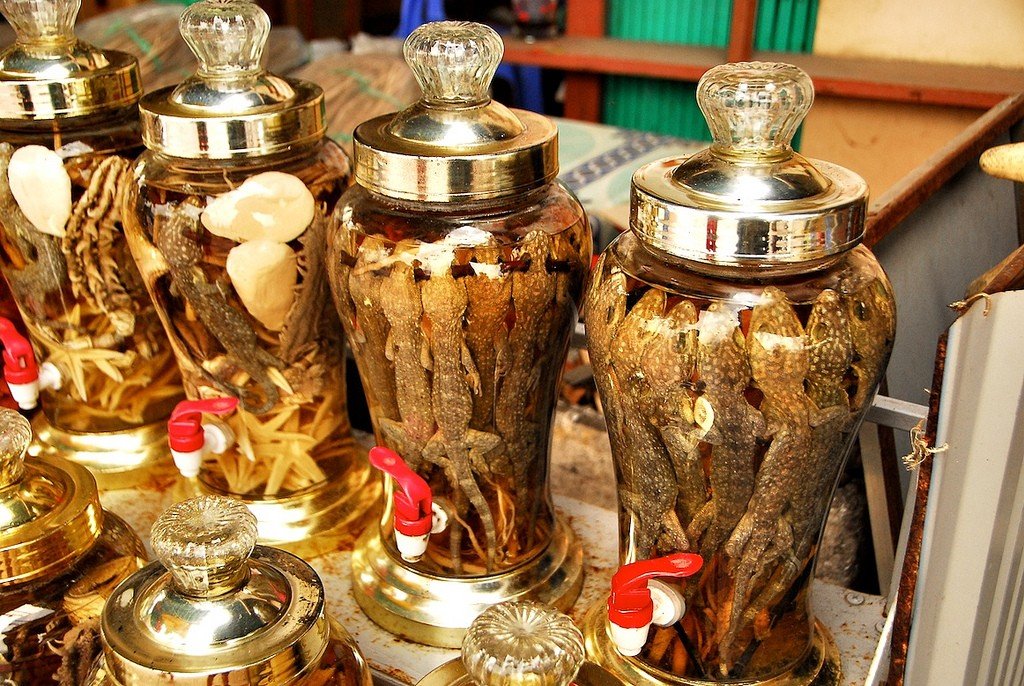
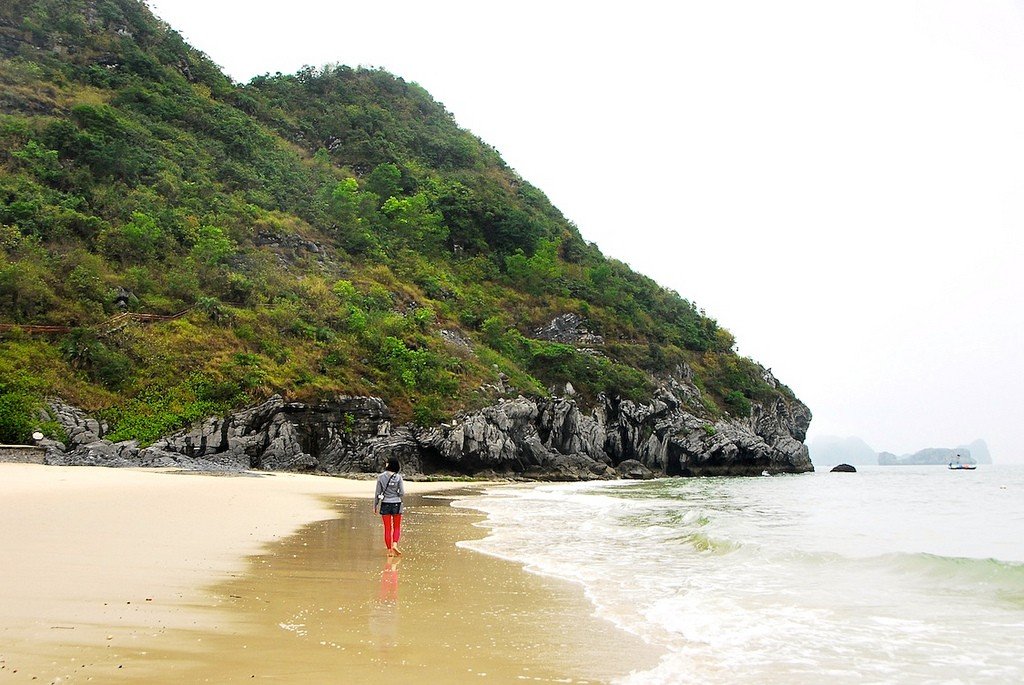
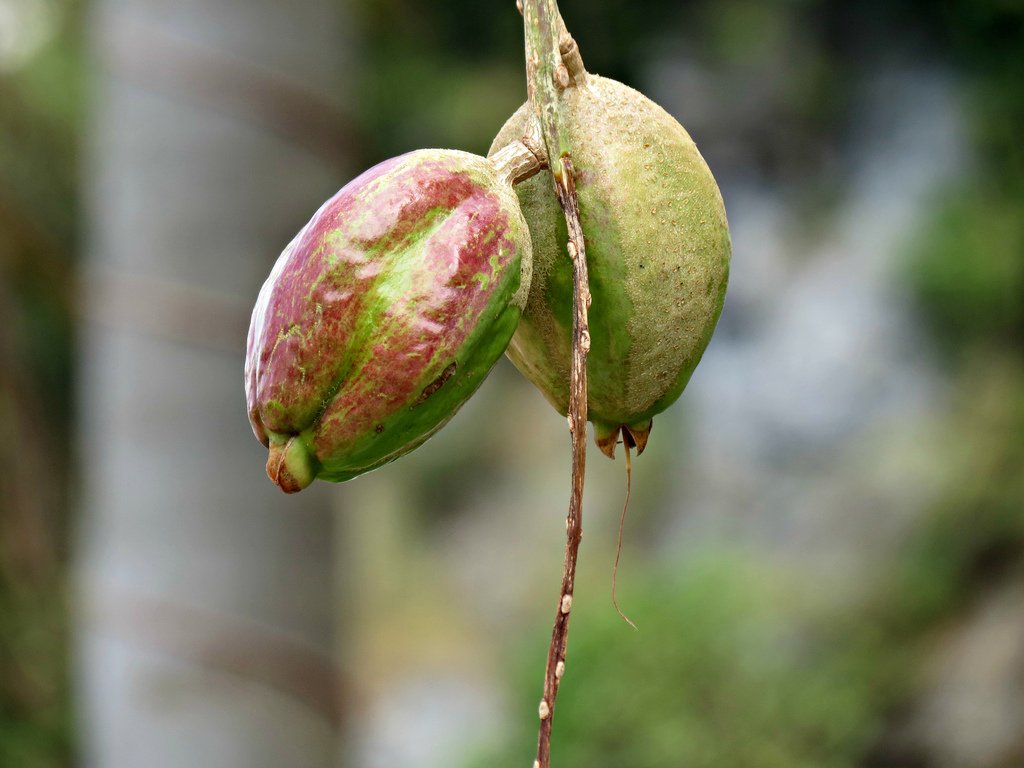
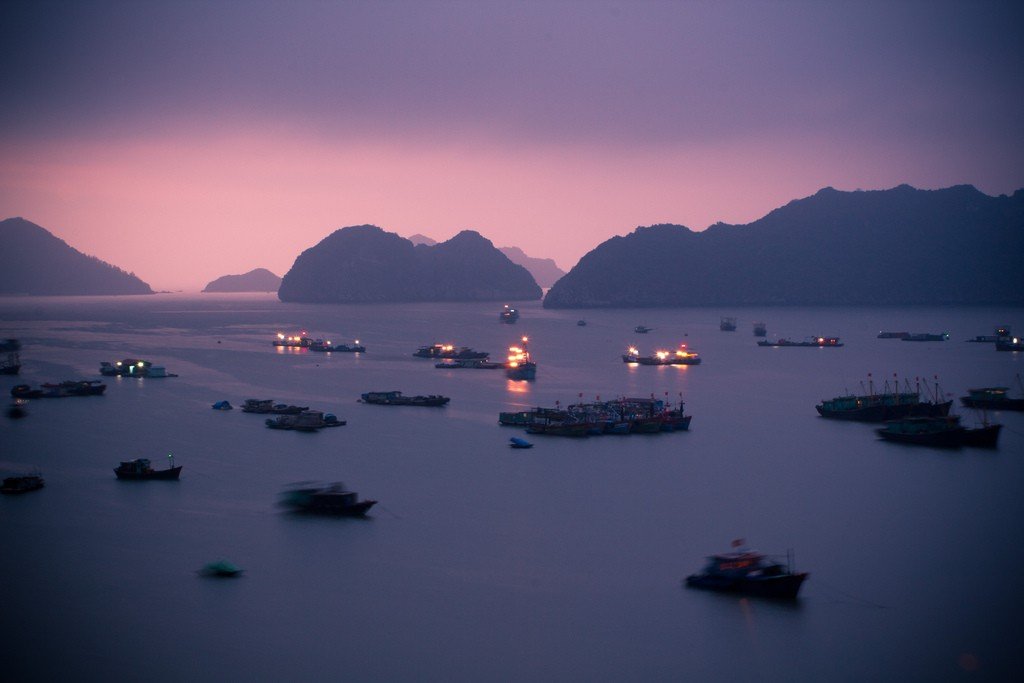
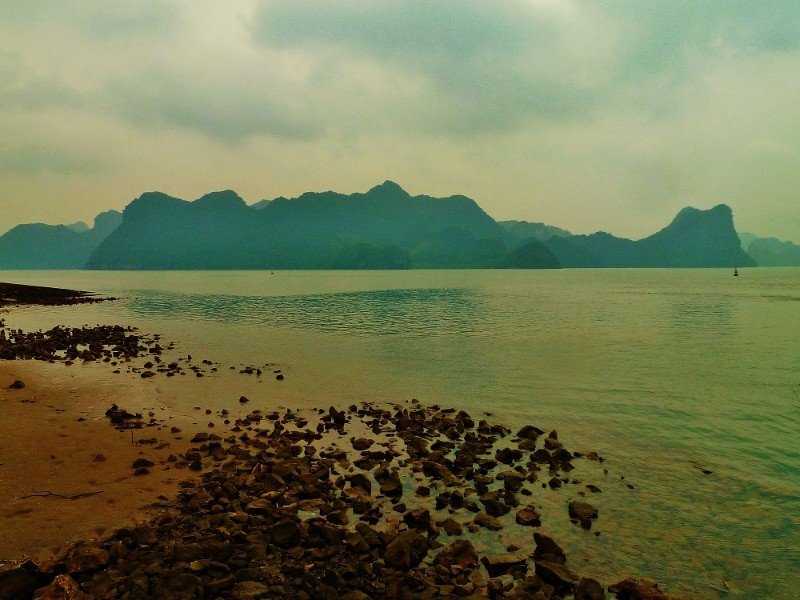
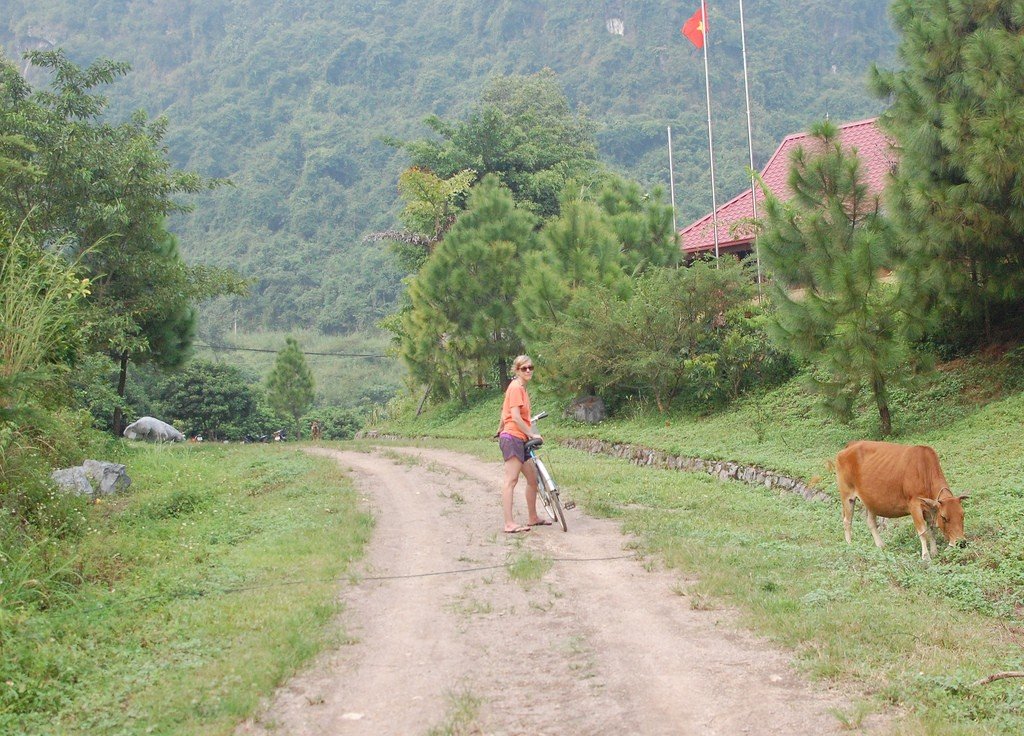
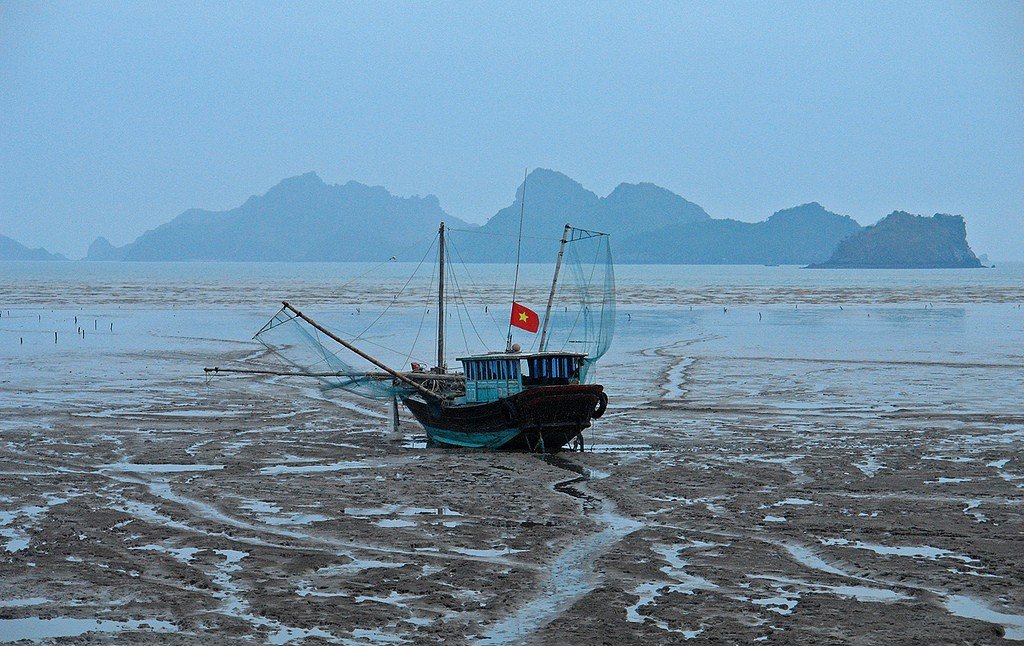
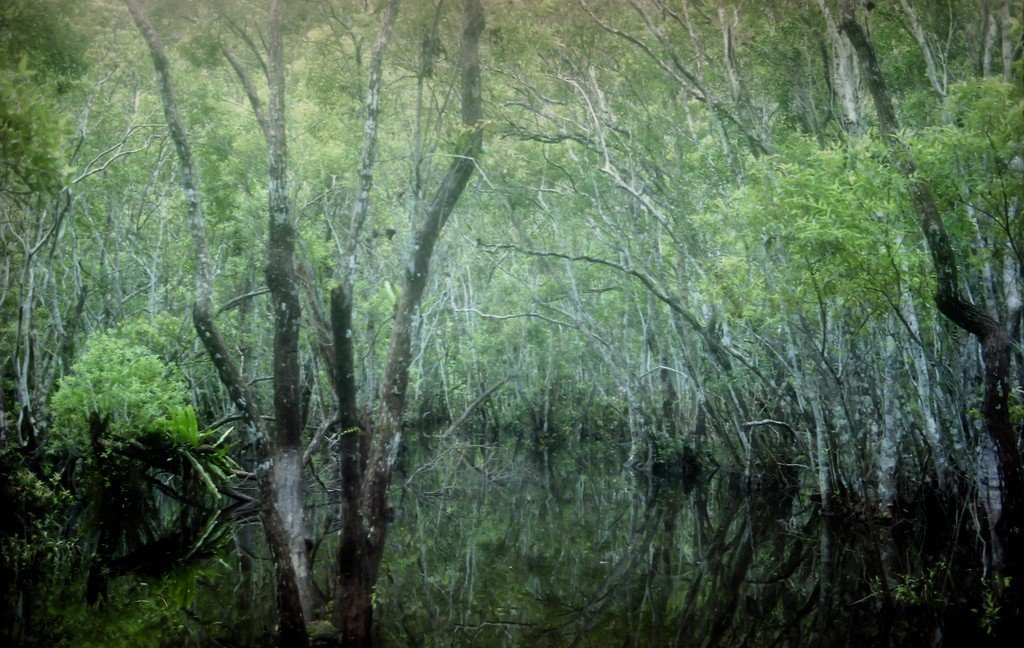
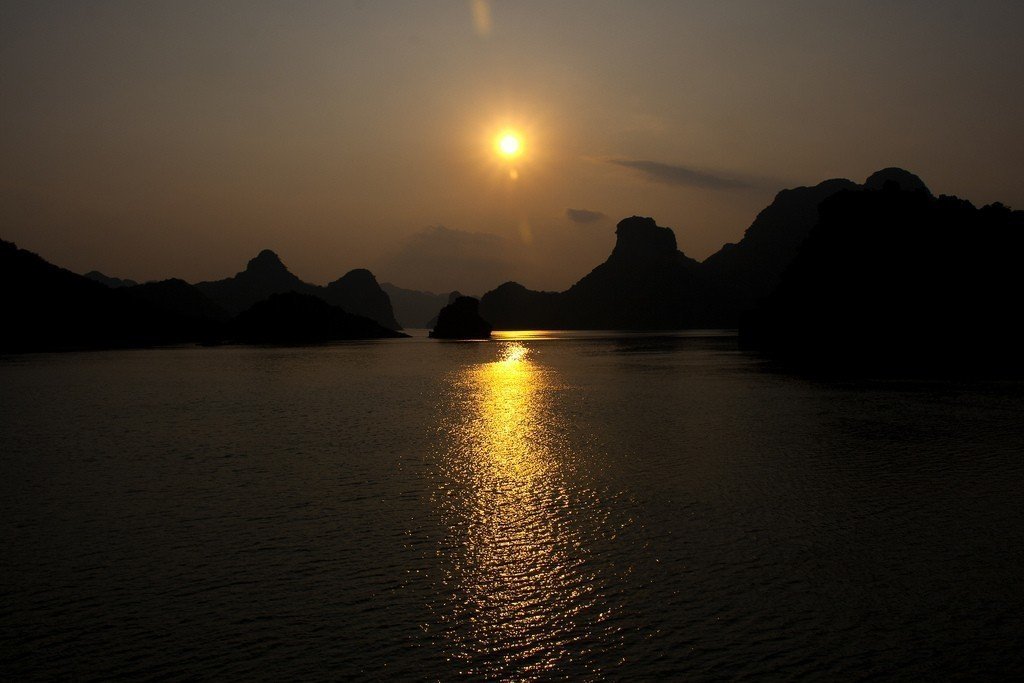

Location and transportation
Catba Island is located 30 km south of Halong City and is connected to it by a passenger line. The island can also be reached from Hai Phong, 45 kilometers to the east. Hai Phong’s Ben Binh passenger pier regularly sends passenger boats to the island. Speedboats (45 min. journey time) depart daily in the mornings (three trips starting at 8:30). Regular boats (about 3 hours) make two trips departing at 6.30 and 12.30. Cat Wa Town is located in a convenient bay on the peninsula that forms the southern tip of Catba. To the east, the bay is protected by a mountainous promontory, behind which lurk Cat So beaches 1, 2 and 3. In the center of the bay is a passenger pier, behind which the township spreads out. Its main street, Nui Ngoc Rd., curves in a horseshoe, with its ends jutting into the shoreline east and west of the pier. At the center of the horseshoe is a revolutionary memorial. Along Nui Ngoc, often referred to as the “promenade”, are most of the hotels. At the western end of the town is the market. From it, Street 1-4 (Duong 1-4) runs along the coast, reaching as far east as Catco Beach 1.
.When traveling to Catba, you should find out which island jetty your boat goes to. Besides the jetty in Catba Town, there are two other jetties: Beo (Ben Veo) is 2km from the town, and Phu Long (Phu Long) is 30km northwest, on the other side of the island. From both marinas, Catba Town can be reached by motorcoach (VND10,000-50,000).
.Attractions
Catba National Park was founded in 1986. More than 100 species of animals and birds are closely monitored here. The rarest species is the vooc, or white-headed monkey, which lives on top of limestone cliffs. The park’s forests, covering an area of 8,000 hectares, contain about 750 species of flora, including more than 100 species of trees. The highest point of the island, Mount Cao Vong (Cao Vong), with a height of 322 meters, is located on the territory of the park. Access to the park is chargeable (15,000 VND) and requires a guide (about 5 USD per person per day).
.In Trung Trang (Trung Trang, about half an hour by car west of Catba Town, minibuses from the town center – 10,000 VND), the Catba National Park office is located and trekking routes start here. Nearby are karst caves (Hang Trung Trang), open to tourists. Another cave, also located nearby (a couple of kilometers from the park entrance on the road to Catba Town) and included in the trekking routes, keeps under its vaults the memory of the military past: during the First Indochina War, it was a hospital of the Viet Minh, and is therefore called Hospital.
.Trekking
A bus takes tourists to the west gate of the park. From here, a 20-kilometer trek through the park to Viet Hai village begins. The duration of the hike is 4 to 6 hours. From the village, you can return to Catba Town by boat.
.